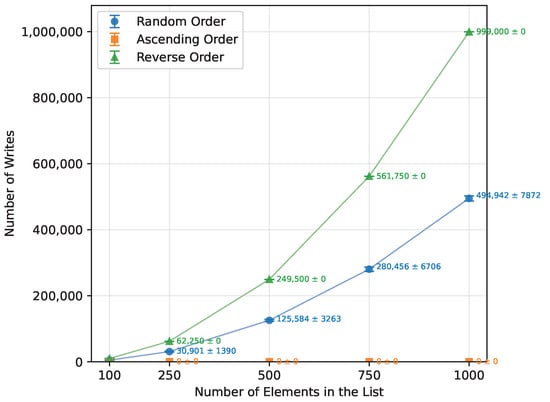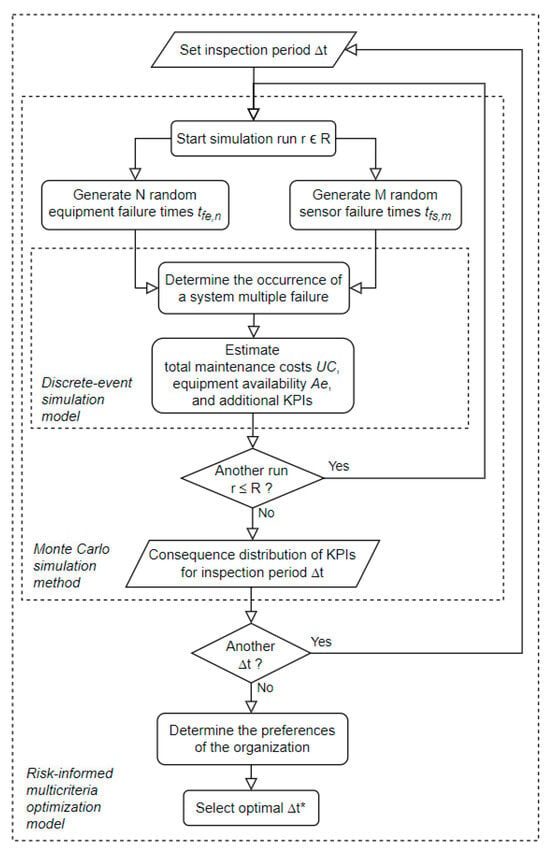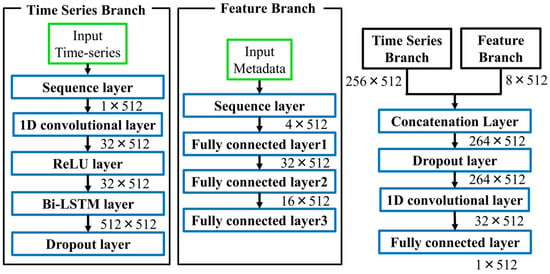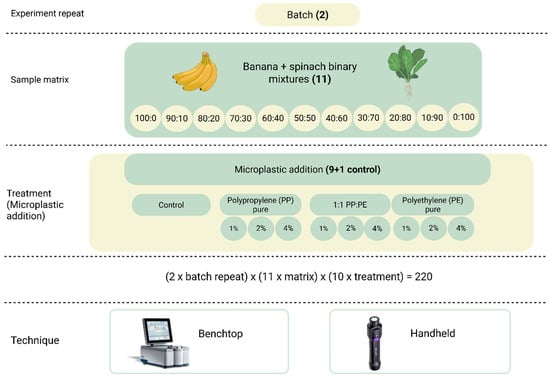- Article
Empirical Evaluation of Unoptimized Sorting Algorithms on 8-Bit AVR Arduino Microcontrollers
- Julia Golonka and
- Filip Krużel
Resource-constrained sensor nodes in Internet-of-Things (IoT) and embedded sensing applications frequently rely on low-cost microcontrollers, where even basic algorithmic choices directly impact latency, energy consumption, and memory footprint. This study evaluates six sorting algorithms—Bubble Sort, Insertion Sort, Selection Sort, Merge Sort, Quick Sort, and Heap Sort—in the restricted environment that microcontrollers provide. Three Arduino boards were used: Arduino Uno, Arduino Leonardo, and Arduino Mega 2560. Each algorithm was implemented in its unoptimized form and tested on datasets of increasing size, emulating buffered time-series sensor readings in random, ascending, and descending order. Execution time, number of write operations, and memory usage were measured. The tests show clear distinctions between the slower algorithms and the more efficient
29 December 2025









